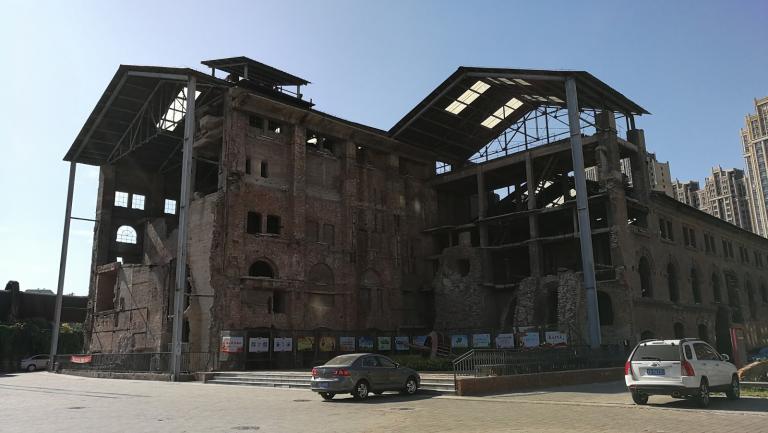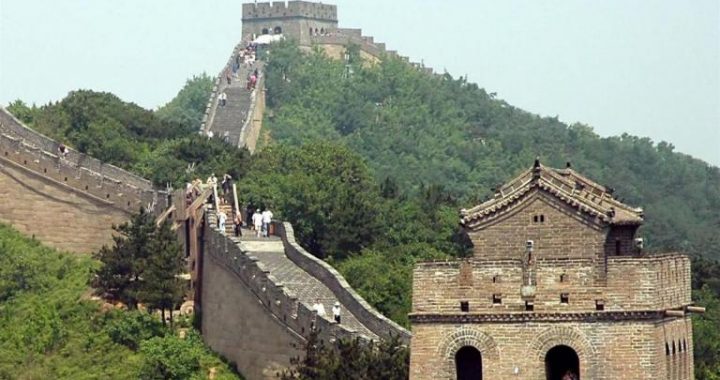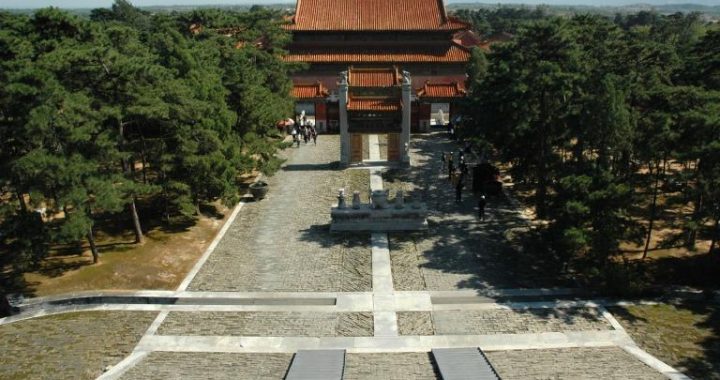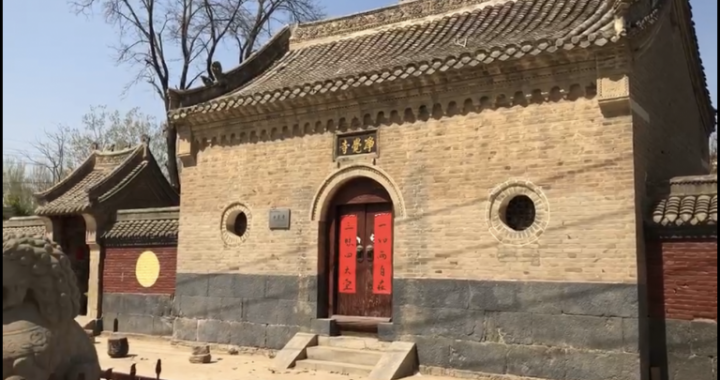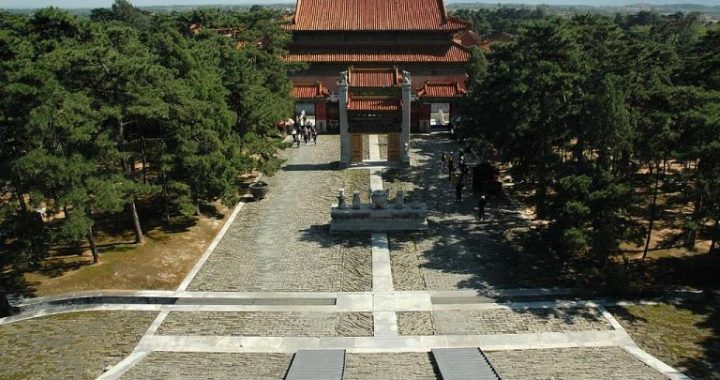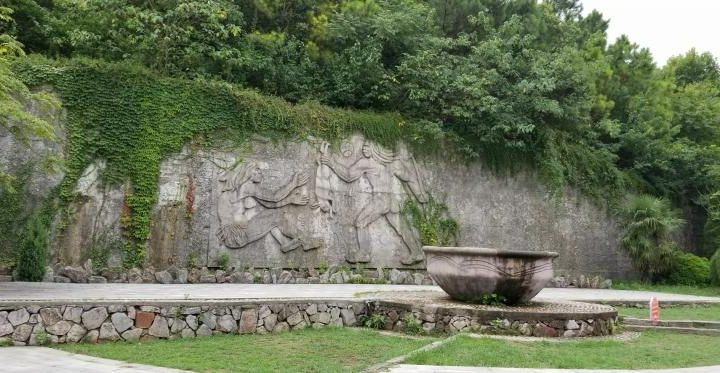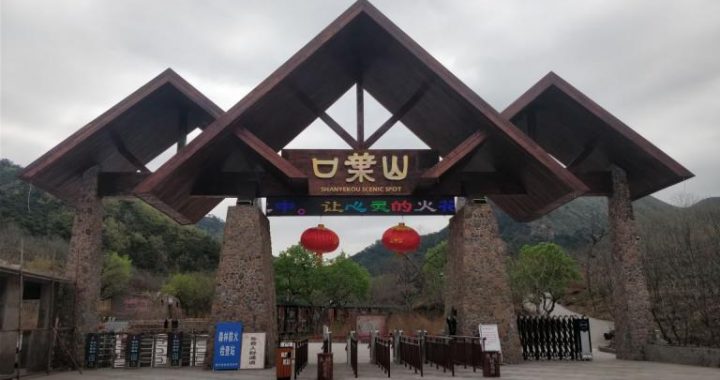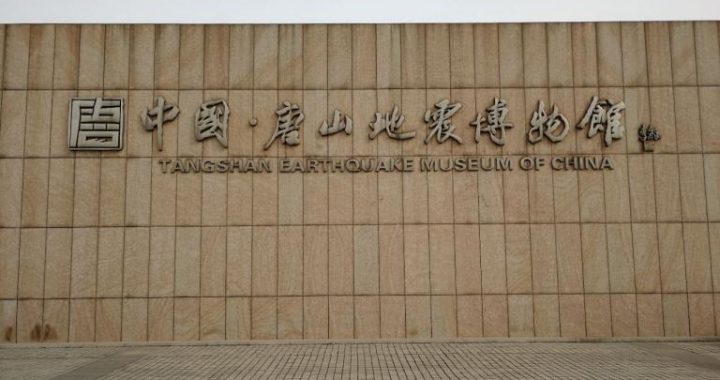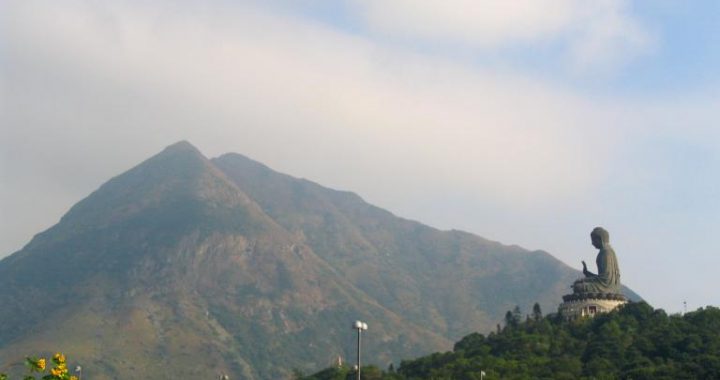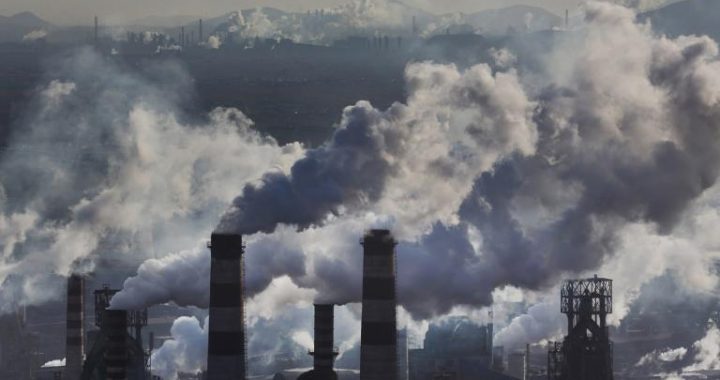Old stories of Chee Hsin(Qixin)
4 min readTangshan is the cradle of China’s cement industry. Tangshan Chee Hsin Cement Company Limited, as China’s earliest cement plant, produced the first barrel of cement in China.
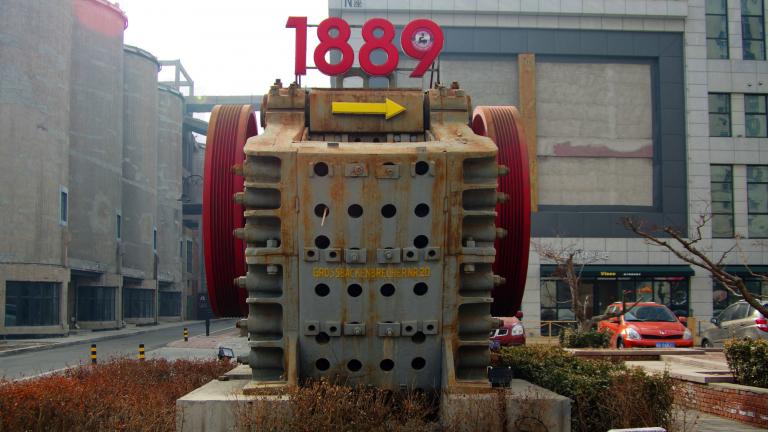
The development of military and civil industries during the Westernization Movement at the end of the Qing Dynasty required a large quantity of cement, which spurred the rise of China’s national cement industry. In order to supply cement for the military projects of the North Sea Navy and the construction of Kaiping Mine, in 1889, Tang Tingshu, general manager of the Kaiping Mining Bureau, raised capital and founded China’s first cement plant in Tangshan with the support of Zhili Governor LiHongzhang. The plant produced China’s first barrel of cement under the Lion trademark. Operations were suspended some time later due to poor equipment and difficult material transport.
In 1896, the long-standing general manager of the Kaiping Mine, Zhou Xuexi, appointed a German engineer to improve production. The engineer used limestone from Dacheng Mountain in Tangshan as the material and restarted cement production at the original site. When the Kaiping Mining Bureau was snared by British businessmen in 1900, Zhou raised 1 million taels to redeem the plant and renamed it Tangshan Cement Company.
In 1908, advanced equipment and technology were introduced from the Smith Company of Denmark and the plant was renamed Chee Hsin Cement Stock Co., Ltd.. The new company registered the trademark of Dragon-Horse Carrying Taichi(or Horse Brand) and started cement production again. In 1919, Horse Brand cement produced by Chee Hsin accounted for 92% of national cement sales. After continuous expansions and merges, Chee Hsin reached a daily output of 4,700 barrels in 1932.
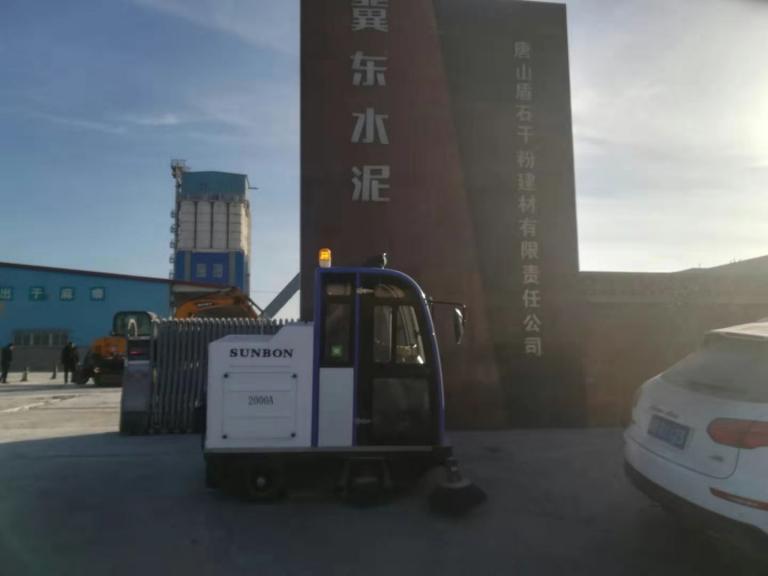
In 1904, Horse Brand cement won the first international award for China’s cement industry, the gold prize at an American fair. In 1905, it won another prize at an Italian fair. In 1911, it received the Top Business Merit Award at Nanyang Industrial Exposition granted by the Ministry of Agriculture and Commerce of China. In 1915, it won the first award at Panama Pacific International Exposition. During the period from 1904 to 1932, Horse Brand cement won 25 first, excellent and outstanding awards at various domestic and international fairs, exhibitions and expos.
In 1912, Horse Brand cement was sold in San Franciso, initiating Chinal’s cement exports. Later on, cement was exported to Indonesia, Japan, DPRK, Malaysia, The Phillipines, Vietnam, ROK, Thailand, Cambodia, Romania, Albania, Tanzania and Zambia. It was highly popular in all these places.
In 1914, Horse Brand cement was designated as the exclusive cement for Jingzhang, Jingsui, Jinghan, Jingqin, Jinpu, Longhai and Hanyuechuan railways, the Huluo Island and port bureaus. The Sun Yat-sen Mausoleum in Nanjing, the Chung Wei Bank in Shanghai, the Qingdao Dock and other large buildings were built with Horse Brand cement and still tower today. In 1935, upon the request of famous Chinese bridge expert Mao Yisheng, Chee Hsin developed seawater-resistant cement to build the Qiantang River Bridge, China’s first modern bridge.
After the founding of New China, the Party and state showed great concern about the development of Qixin Cement plant. On April 22,1954, Chairman Mao Zedong paid a special visit to the plant. Commander-In-Chief Zhu De inspected the plant on June 4,1949, and Premier Zhou Enlai on September21,1955.
With government assistance, Qixin Cement grew quickly and dramatically thanks to technical renovations and equipment replacement. In 1995, it was restructured as a Sino-Foreign joint venture Tangshan Qixin Cement Co, Ltd. after being reorganized with the Yuexiu Group of Hong Kong. It hasbecome a pillar enterprise in the production of building materials, cement, new walls and cement products etc.
Qixin Cement plant, as a cradle for China’s cement industry, has transferred more than 1,600 technical and management people and taken part in the preparation of Hebei Jidong Cement plant and Sichuan Dukou Cement plant. It has also offered technical and management support to a Cambodian cement plant and the Karbala Cement plant in Iraq. Qixin has made important contributions to the development of China’s cement industry.
In 2008, Jidong Cement Group acquired 51% in Qixin Cement Co., Ltd. and made the latter a wholly owned subsidiary. Then, after move, renovation and investment,a dry-process cement production line with daily output of 4,000 tons of cement clinker was set up in the new Tangshan Jidong Qixin Cement Co., Ltd..
The establishment of Jidong Qixin passed on the history of China’s cement industry andenriched Jidong’s content as the cradle of the cement industry. At the Jidong Qixin plant, the 1,000-meter-long winding corridor for the limestone belt conveyor, the streamlined east-west production layout, the reasonable bulk and bag packaging and logistics and the beautiful design of the plant’s front area impressed the local government, customers and employees.
